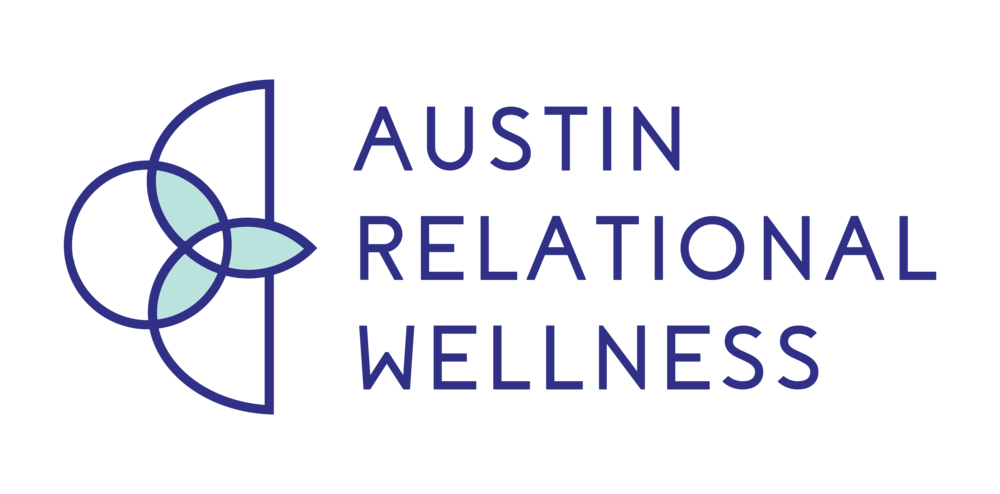If you or a loved one has experienced a panic attack or anxiety, you understand how intense these conditions can feel, both emotionally and physically. Depending on how distressing the symptoms are, a person’s close relationships can be strained or negatively affected due to confusion about the condition or lack of support.
In this three-part blog series, we’ll first outline some of the differences between the conditions, and in the following two posts, we’ll offer some ways to support others trying to manage these conditions.
How do panic attacks and anxiety differ?
Panic attacks and anxiety are two terms that are often used interchangeably, but they actually refer to two different experiences.
A panic attack is a sudden and intense feeling of fear or anxiety that is often accompanied by a variety of physical symptoms, such as increased heart rate, shortness of breath, dizziness, and/or chest pain. These attacks can be triggered by various situations or environments. Panic attacks can feel so severe that they may feel like a heart attack or other medical emergency.
In comparison, anxiety is a more persistent and ongoing feeling of worry, stress, or fear that can interfere with daily activities. Anxiety can be a normal response to stress, but it can also be a symptom of an anxiety disorder. Anxiety disorders are more severe and enduring forms of anxiety and include generalized anxiety disorder, social anxiety disorder, or phobias.
One key difference between panic attacks and anxiety is the intensity and duration of the symptoms. Panic attacks are typically more intense and shorter in duration compared to anxiety, which tends to be a more chronic condition. Another difference is that panic attacks are often triggered by specific stimuli or situations, while anxiety can be more persistent and may not have a specific trigger.
What can be done to manage either of these conditions?
Treatment for panic attacks and anxiety may involve similar approaches, such as therapy, medication, and relaxation techniques. However, the specific treatment plan will depend on the severity and cause of the symptoms. Both panic attacks and anxiety can be treated effectively with the right approach. If you or a loved one are experiencing symptoms of either condition, help from a mental health counselor or medical professional can be an important step in managing these conditions and improving overall well-being.
Check back in the next couple of months for additional blog posts that outline specific ways you can support someone experiencing a panic attack or anxiety.
Article by Lindsay Poth, MA, LMFT Associate
Offering Individual Therapy for Women in Life Transitions, Individual Therapy for Men, & Couples Therapy in Austin, TX






































































